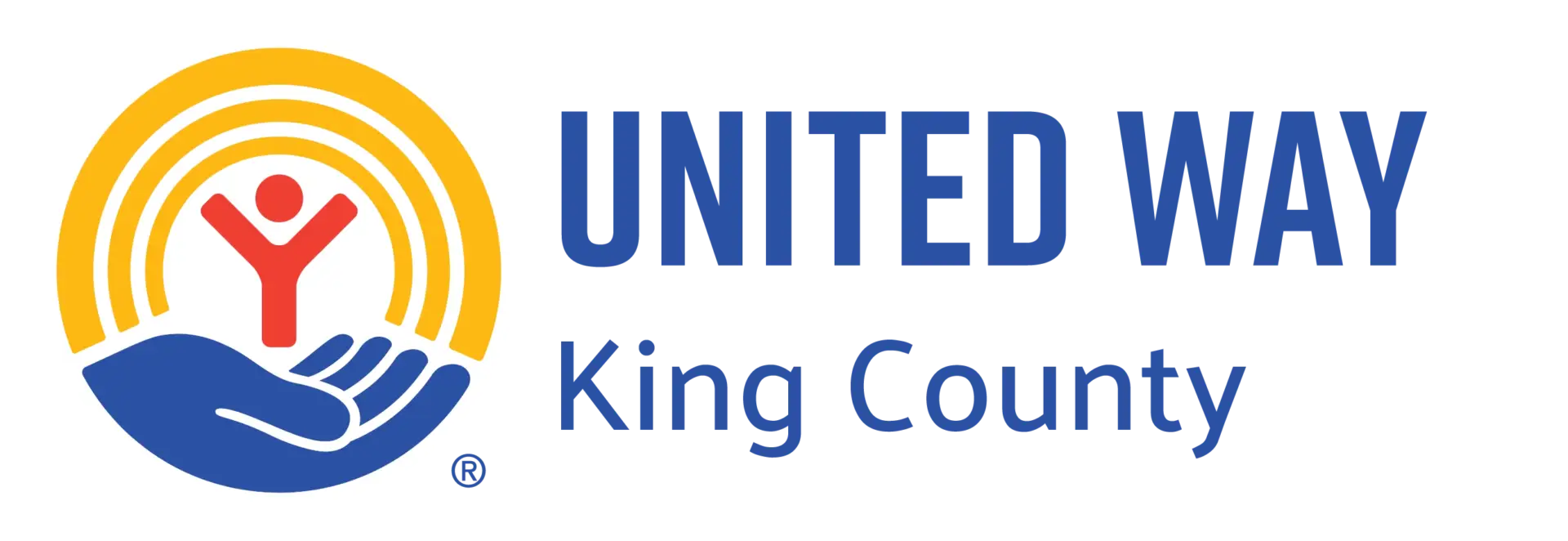Home Grocery Delivery Program Delivered 3.1 Million Pounds of Food to Our Neighbors This Year
As 2025 approaches, let’s take a moment to reflect.
It’s hard to believe that it’s been five years since the first case of COVID-19 appeared in the United States—in our very own state. In that time, our community experienced unprecedented challenges, both to health and basic needs. We also saw unprecedented community collaboration as we supported our most vulnerable neighbors and beyond.
For example, the pandemic birthed our Home Grocery Delivery Program.
As stay-at-home orders came in and hunger skyrocketed, we realized that for neighbors who were elderly, autoimmune-compromised, or didn’t have private transportation, accessing their local food banks was nearly impossible. Through United Way’s centralized intake form, we connected clients directly with local food bank partners. In partnership with DoorDash, United Way took the administrative lift off food banks and organized free deliveries to clients’ homes. This allowed our hard-working food bank partners to feed more clients, removing the stress of how people were to access their next meals.
We assumed this program would be a temporary solution to a temporary problem, but we soon realized its prolonged necessity.
As vaccines rolled out and stay-at-home orders were lifted, we began hearing from participants how valuable it was to have access to home delivery. There were many reasons why community members struggled with making it to their food bank. Many food banks are only open during hours when folks have work. If you don’t have regular access to a vehicle and don’t live near reliable public transportation, it can take hours you don’t have to make it in. Disability is another barrier between many folks and in-person resources. We also know that everyone is unique and faces unique challenges.
So we’re pleased to report that— nearly five years after its inception—the Grocery Home Delivery Program is wrapping up another successful year of operation.
In 2024 alone, we’re on track to end the year with 155,000 deliveries. That’s nearly 3.1 million pounds of food! In other words, that’s nearly 11,272 black bears, 403 Orca whales, or 11 Seattle Great Wheels worth of meals.
This year, we worked directly with over 30 food banks and other anti-hunger agencies to connect more clients to deliveries. We served clients in over 26 cities in King County, including Seattle, Federal Way, Kent, Enumclaw, Maple Valley, Bellevue, and more. To sustain the program so it can continue serving those in need, we’ve also diversified our delivery partners this year. We now work directly with Amazon’s Community Delivery program, which delivers to clients out of seven food bank sites across King County.
Numbers aside, we hear the program participants all the time about what the program means to them.
Luciana has a family of seven, and before the pandemic, she was enrolled in her local community college with the hopes of getting a better-paying job. However, when the pandemic started, they found themselves food insecure.
“We want to give you thanks for all the support that you gave us during this almost 4 years, starting in the pandemic,” Luciana said. “We are so blessed to have people working for the most vulnerable families. I want to let you know that we are not in need of the food delivery any longer. Thanks to God, me and my husband got a better job, and my family is more economically stable now.”
“We want to leave the program and let other families be supported,” Luciana continued. “Thank you so much for your kindness.”
Steven is a senior living alone. He relies on DoorDash to bring him food from the food bank every week.
“Thank you and everyone involved for your caring, professional, and always reliable communication and deliveries,” Steven said. “It truly brings me at least a few extra days of good food, and it helps me find options to stretch my food budget. I’m very thankful and blessed to have you all for all this time—almost three years now.”
Since 2021, food costs in western Washinton have risen 20%. This year alone, food bank visits in in the area increased by 25%. As hunger in our community grows, we know the need for accessible and equitable food access grows, too.
As we close the year, we have a waitlist of 1300 households that continues to grow. United Way of King County remains committed to working side by side with community partners to ensure that all our neighbors have enough to eat, and you can help us continue that work. A donation of just $30 feeds a King County family for a week.
From us at United Way of King County, happy holidays and have a great new year.
Written by Hannah Gauntz, Home Food Delivery Coordinator at United Way of King County


Comments